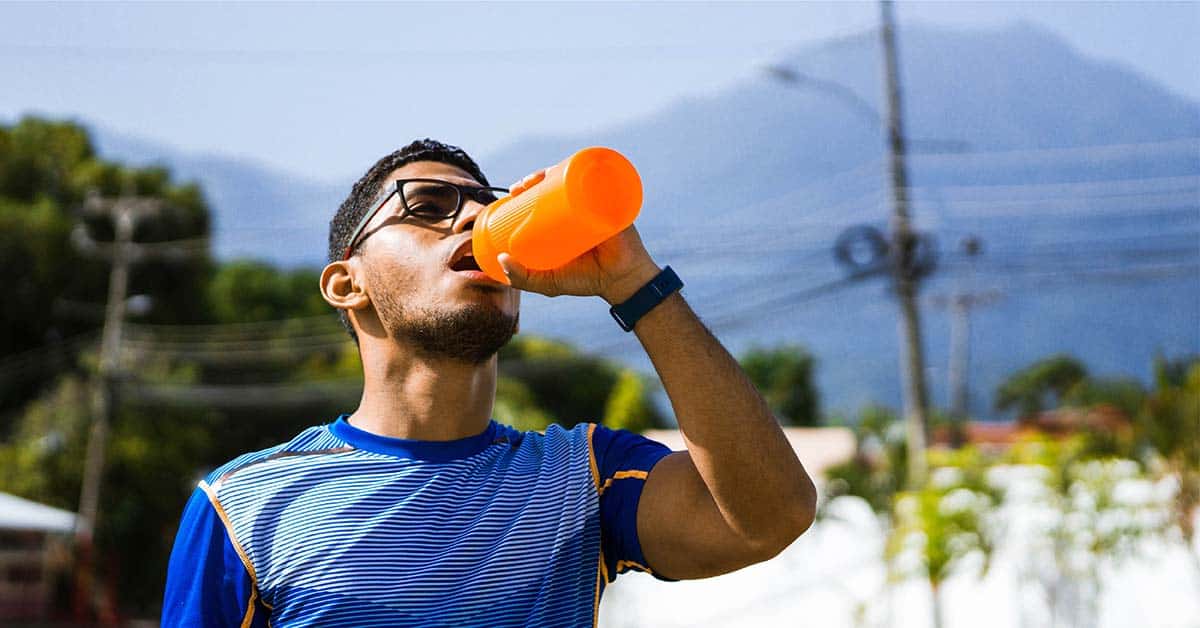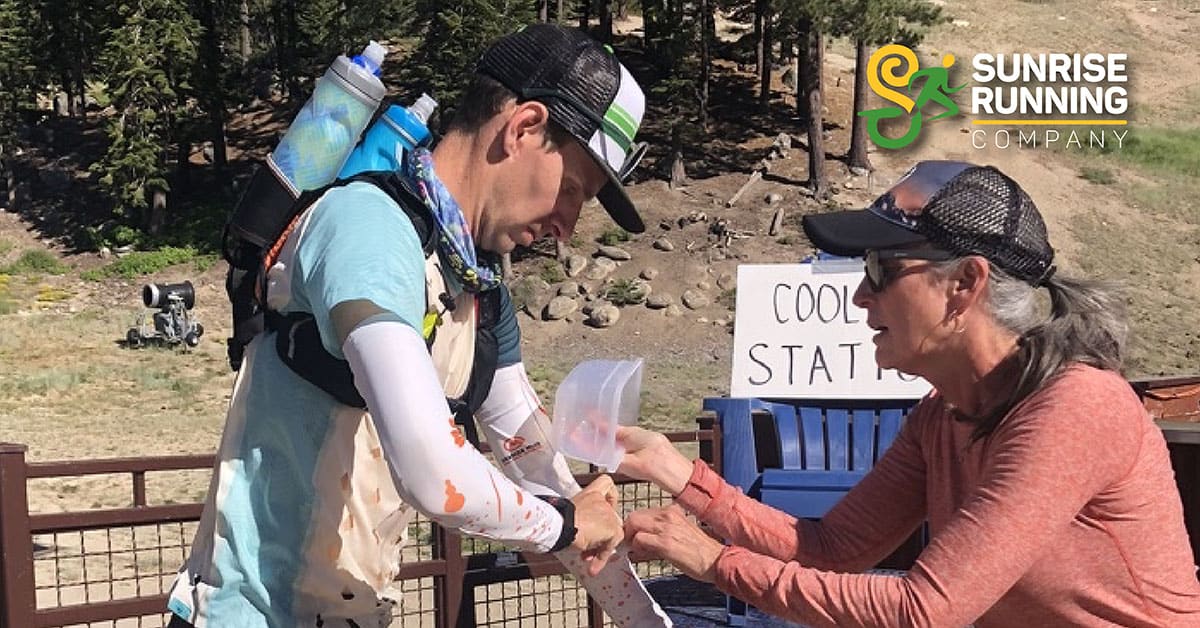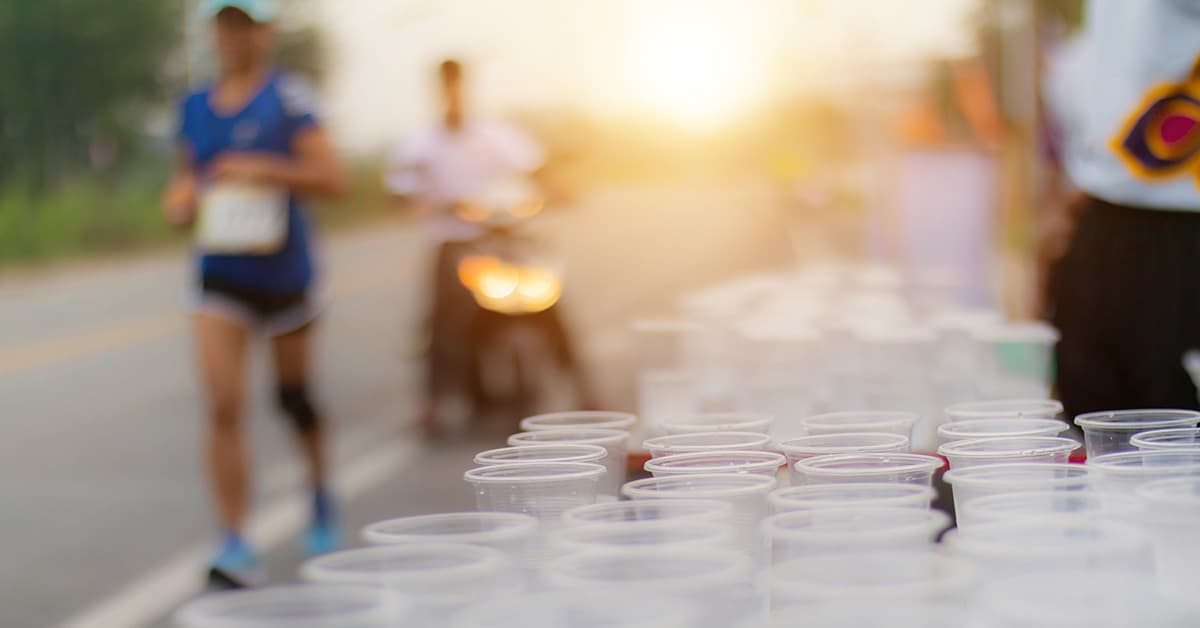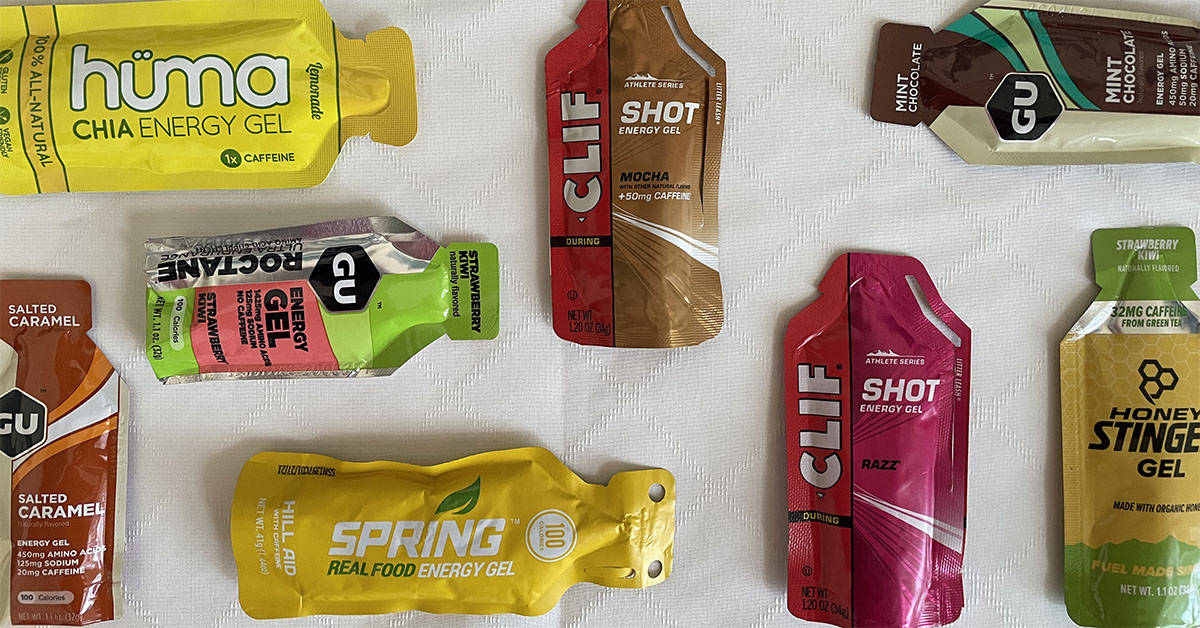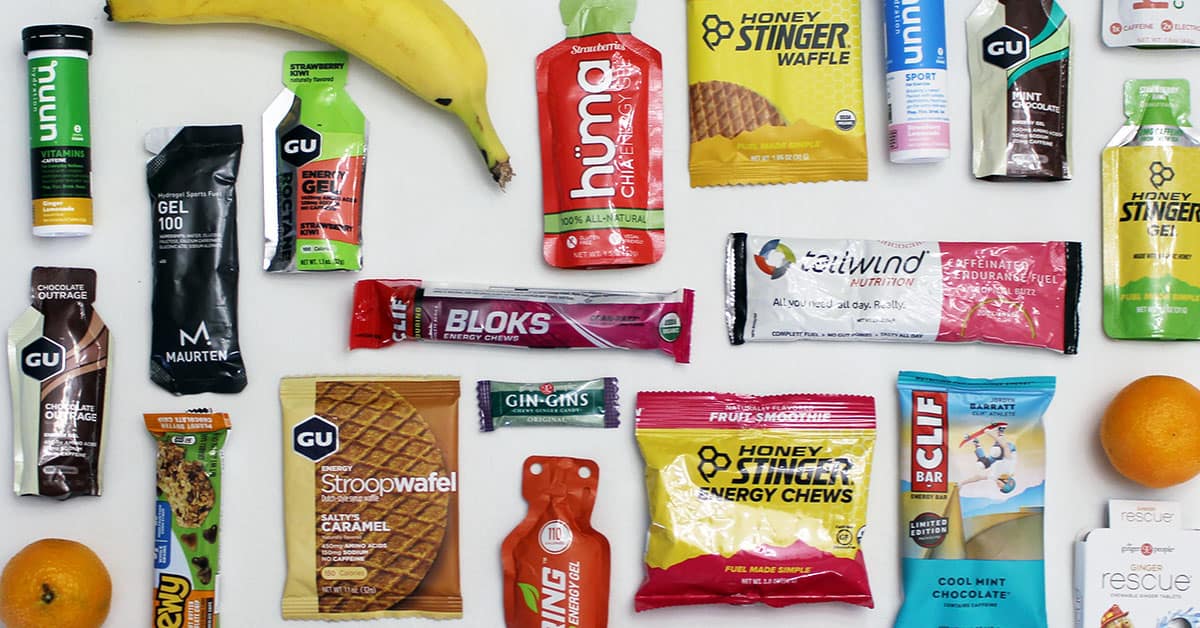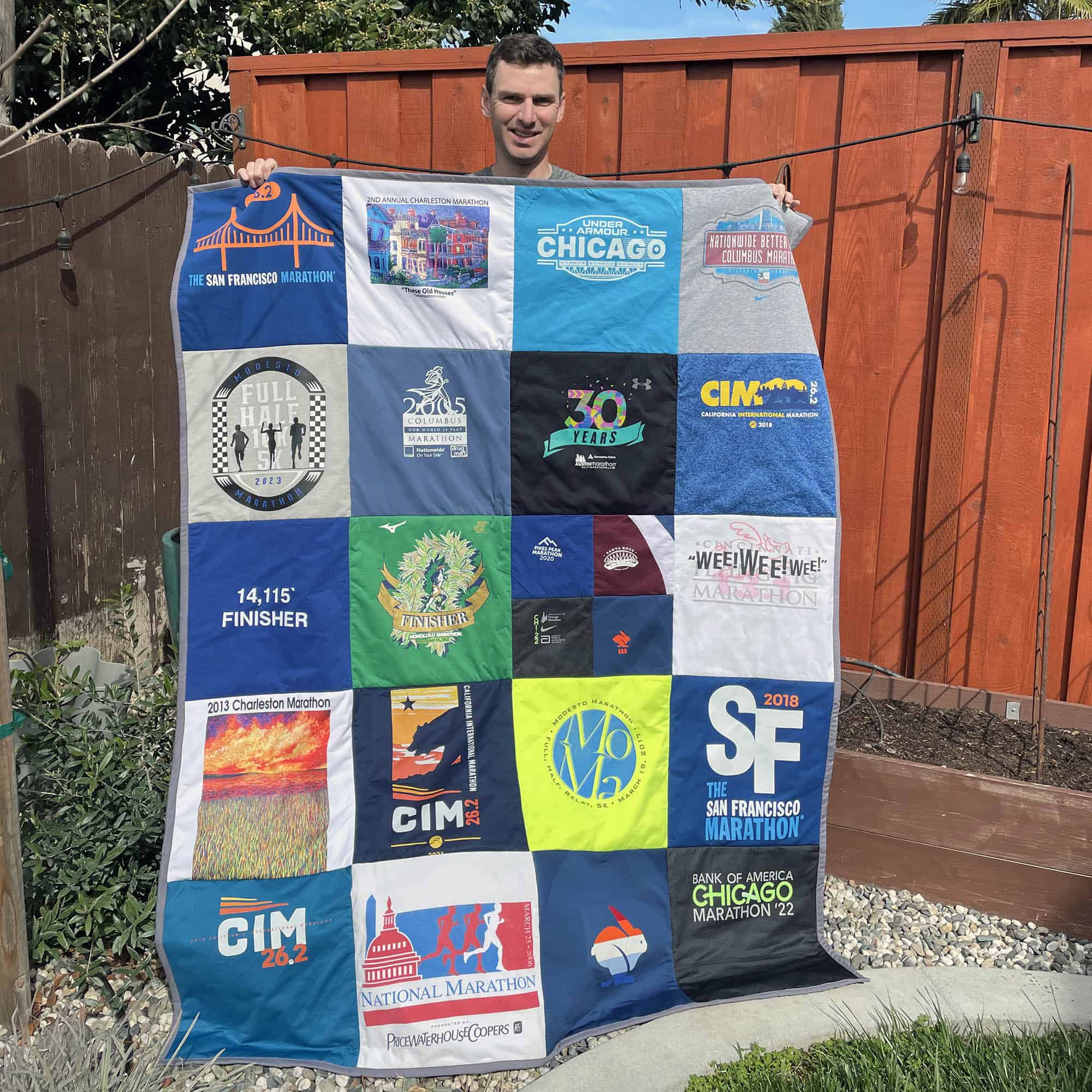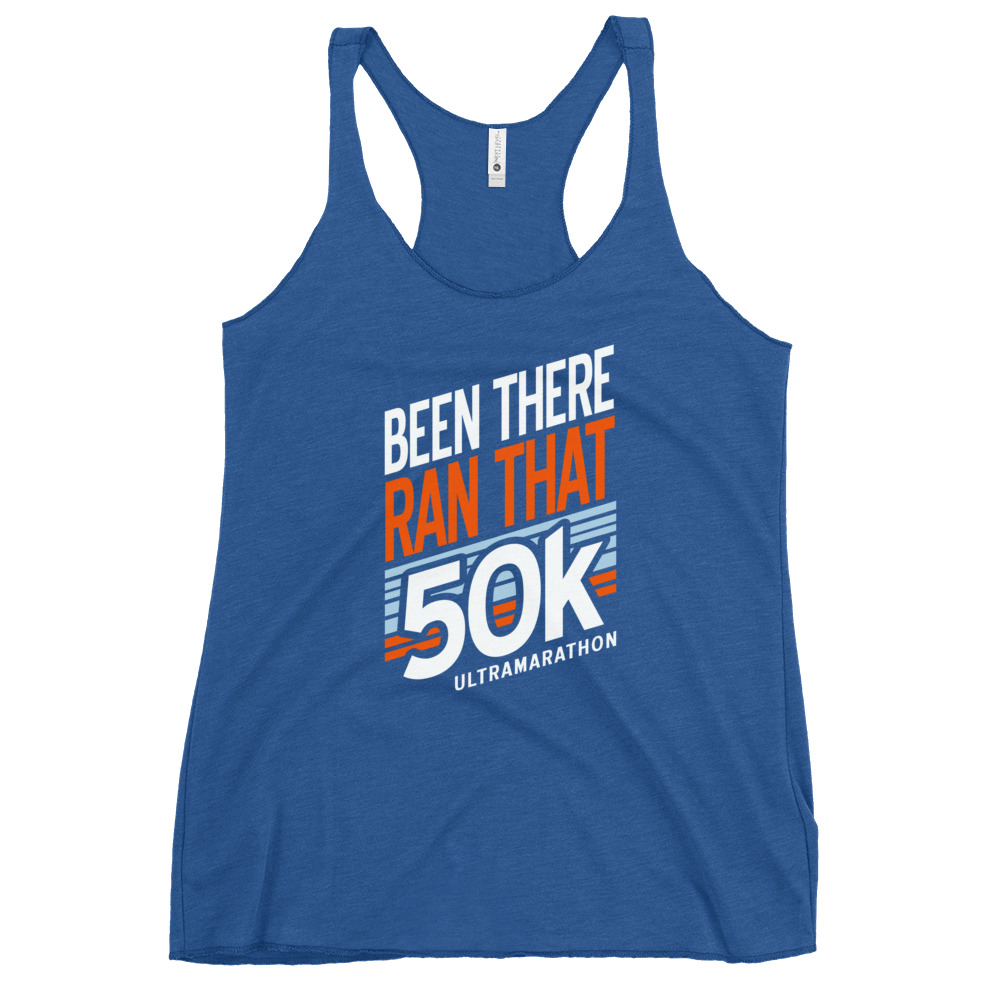6 Tips on How to Stay Hydrated while Running this Summer
While summer’s official start is not quite here, many runners have already been running in the heat. If you have a Fall Marathon, then avoiding long miles and tough workouts in the heat will be difficult. However, with a little planning and a few changes in your strategy, you can easily hydrate for summer and be ready to perform! Here are our six tips on how to stay hydrated for running in the summer heat…
1. Don’t get behind in the first place.
The main key to stay hydrated while running in the heat is to plan. Make a new habit of carrying a water bottle with you wherever you go. Also, look into easy-to-carry options for electrolyte replacement. Many companies nowadays make a dis-solvable tablet or individual powder packets (i.e., Nuun, Skratch Labs, Tailwind Nutrition, and Gatorade) for you to stick in your work or gym bag easily.
Checking your hydration levels throughout the day is super easy as well. Dark-colored urine of a relatively small volume is an indicator of dehydration. At the same time, light-colored urine is usually an indicator of proper hydration levels. If you find yourself with a large volume of light-colored urine several times a day, this could be a sign of needing more electrolytes. However, it also depends on how long you needed to hold it between bathroom trips.
2. Run earlier or later.
You may need to be running longer and longer miles as the temperatures rise throughout the summer. With that understanding, make plans to adjust your run time to avoid being out and reduce the need for running and hydrating in the heat of the day. As my long runs go from 2-hours up to 5-hours, my bedtime the night before gets earlier and earlier. Other runners find moving their long runs to sunset and running into the night works better for their schedule. With longer days during the summer months, this should be a fairly easy adjustment to make. Either way avoiding the heat in combination with staying hydrated can be a great solution for not sacrificing performance.
3. Hydrate before heading out.
Yes, the first step is to stay hydrated regularly, but you can also buffer your hydration levels a little before heading out for that next run in the sun. The American College of Sports Medicine recommends drinking approximately 16 to 20 fluid ounces 4 hours before running. This number will vary for each person based on several variables such as body weight, sweat rate, environmental conditions, and more. Experiment with different volumes of water and/or electrolytes before a run to find the right balance for you. Be sure also to give yourself time to use the bathroom before you start your run.
4. Don’t be afraid to walk or slow the pace.
When it gets hot, you might have no other choice than to slow down. During the summer months, don’t worry as much about your overall running pace. Instead, focus more on perceived effort and/or heart rate to gauge your workouts’ intensity.
RELATED: Understanding the Rate of Perceived Exertion Scale
Easy/Long Runs – Most long runs and easy runs are done at a pace that you can easily hold a conversation, between 65-75% of your maximum heart rate, or 6-7 on the RPE scale.
Moderate effort runs are at a pace where you can hear your breathing, but you are not breathing hard (75-80% of maximum heart rate, 7-8 on the RPE scale).
Hard efforts are made at intensities that you can both hear and feel yourself breathing hard, maximum heart rate is 80-90%, and you are at an 8-10 on the RPE scale. Regardless of the temperature, it is important to remember that easy recovery efforts during intense workouts are effortless. Running too fast during the recovery can harm your performance during these workouts and throughout the other parts of your training routine.
If you need to take a little extra recovery time between intervals or schedule a few walking breaks in your long run, that is okay. Training in the heat takes more out of you, so listen to your body. The reward will come in better performances when the Fall temperatures arrive.
5. Establish a plan for hydrating.
There are several ways that you can attempt to establish how much you need to drink during your run. The first method is to drink when you are thirsty. However, you may already be feeling the effects of dehydration if you wait until your thoughts tell you to hydrate.
A more scientific method is to perform a sweat test by weighing yourself before and after a long run. First, way yourself before going out the door to run. Run for an hour at or near race pace and keep track of how many ounces you drink during the run. After the run, re-weigh yourself. Then, subtract the before weight from the after weight and convert this to ounces. Add the number of fluids in ounces that you consumed during the run to this number. (For example, if you lost a pound, 16 ounces, and drank 16 ounces of fluid, your total fluid loss is 32 ounces.)
( Weight in Ounces Before – Weight in Ounces After ) + Fluids in Ounces Consumed = Total Fluids Lost
To determine how much you should be drinking about every 15 minutes, divide your hourly fluid loss by 4 (in the above example, it would be 8 ounces). Unfortunately, measuring your sweat loss during one run only considers the environmental conditions for that day. Retest your sweat loss on another day when the conditions are different to see how your sweat rate varies. And if you gained weight during the sweat test, you may be drinking too much during your run.
No matter how you determine your fluid loss and intake, the key is consistency. If you go out for a run longer than 45 to 60 minutes in length, then you should have a plan in place for re-hydrating. Carry a bottle, handheld, or hydration pack, and make it a plan to run past drinking fountains.
6. Recognize and replace your other losses from running.
Water is not the only thing you lose during a run that causes dehydration, lower performances, and slower recovery. Electrolytes such as sodium, potassium, chloride, magnesium, and calcium are all lost in sweat and urine. Every athlete is different in the number of electrolytes they lose from exercising. There is no one general rule for electrolyte replacement.
What’s important to know about electrolyte replacement is that research shows replacement can improve cardiovascular, thermoregulatory, performance, and recovery outcomes. For a run that lasts under an hour, you can probably survive just fine on drinking water. However, if you are a salty sweater, running in extreme heat, or running longer than an hour, you will want to carry a sports drink or carbohydrate drink for electrolyte replacement.
Remember not only to drink a sports or carbohydrate drink. I like to recommend chasing a swig of an electrolyte drink with a swig of water to balance my fluid intake. Electrolyte manufacturers will list their recommendations for product use on their labels, but you may need to adjust based on your own needs and circumstances.
A Training Plan that Works for You.
Our collection of running plans will help you train year-round. From 5k to a 100-mile ultramarathon, we have a training plan built for your experience level and goals. Every plan is delivered via Final Surge, allowing you to sync workouts across devices, receive daily reminders of workouts and activities, and analyze workout and target zone details. Get started today with a training plan built for you, view our running plans here.

